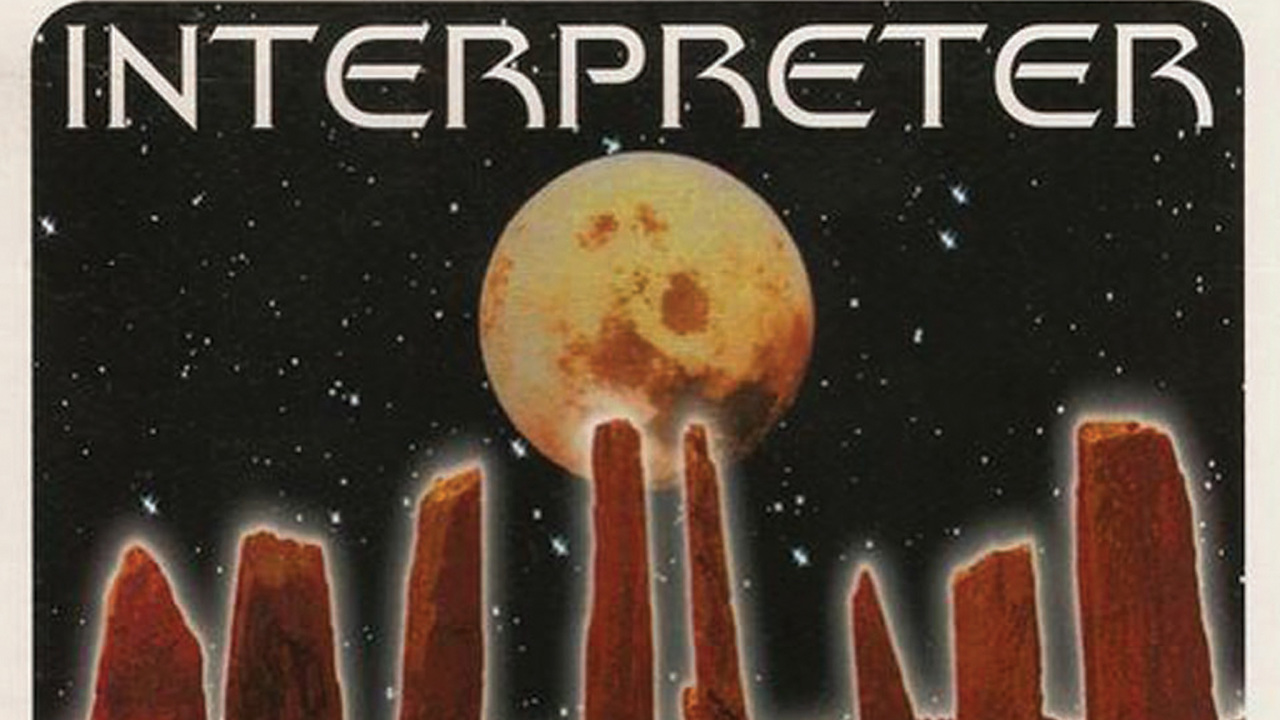Although Julian Cope’s 1996 album Interpreter was largely inspired by his recent participation in Berkshire’s Newbury bypass protests, the cover reflected another one of the Welshman’s passions.
The dramatic sci-fi-like image depicts the Cairnholy I standing stones in south west Scotland. An avid and experienced archaeologist, Cope unsurprisingly has adorned several of his albums with a similarly Neolithic theme. His earlier Top 20 offering Jehovahkill featured an aerial vision of the standing stones named Callanish I on the island of Lewis, while his largely instrumental Rite, released around the same period, is illustrated by the stones rising up out of Fife’s Lundin Golf Course, on the Scottish east coast. When he isn’t plastering standing stones all over his album covers, Cope is researching them or writing about them. His guidebook to Neolithic and Bronze Age monuments The Modern Antiquarian has been critically acclaimed. “It is deeply impressive… Ancient History: the New Rock’n’Roll,” pronounced The Times. Give the man a documentary TV series, I say!
The villages of Callanish and Creetown (for Cairnholy) are locations No. 590 and 593 respectively in Rock Atlas UK & Ireland, published by Ovolo Books/Red Planet, price £19.95
